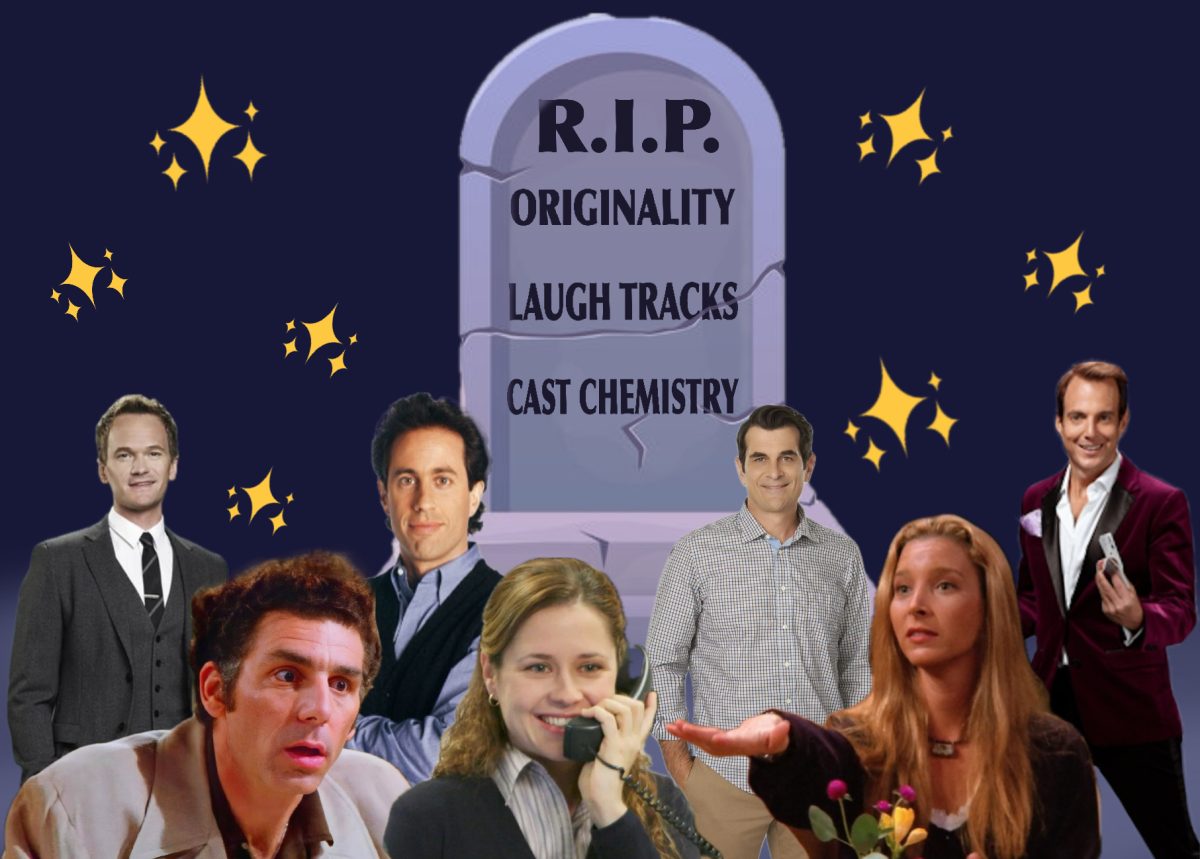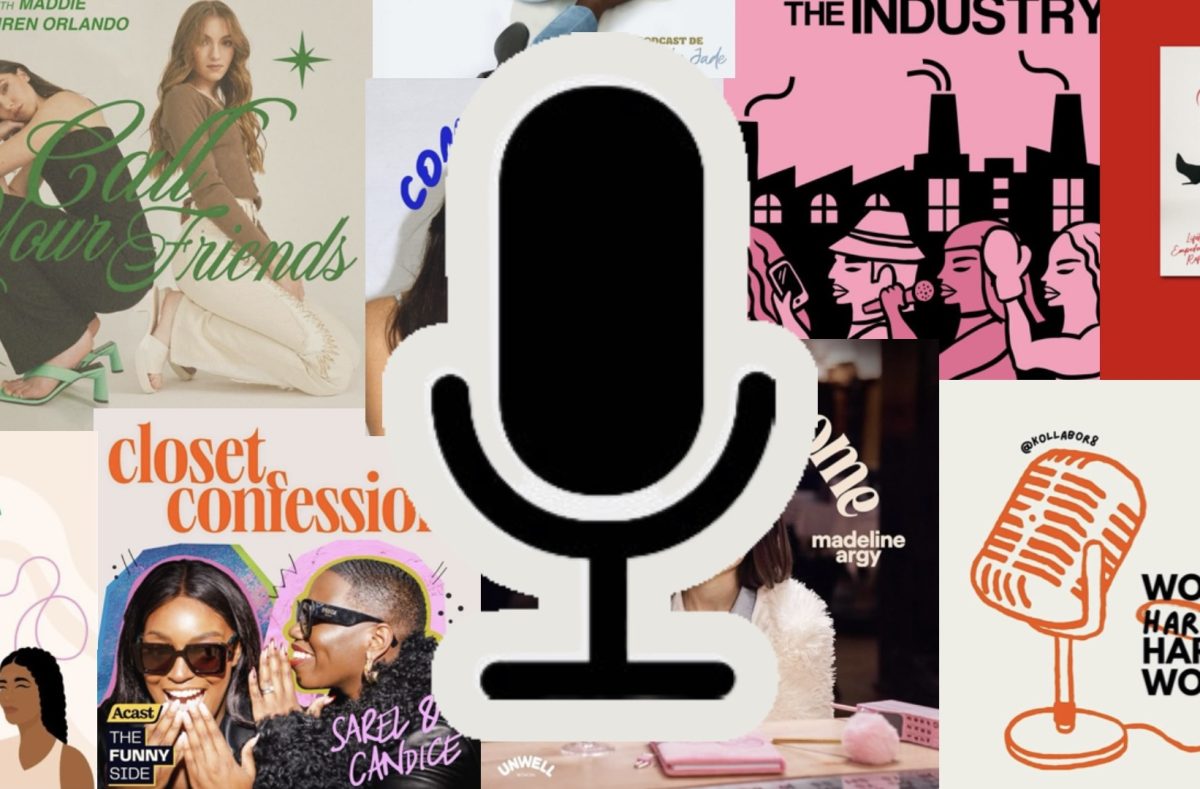The high school’s queen bee, flanked by her clique of followers, throws the most exclusive Halloween party in town. An invitation is the golden ticket to teenage validation, and one’s costume choice can either cement or shatter their reputation. The host’s massive home adorned with lavish decorations is packed with guests. And as you enter this Halloween wonderland—decked out in a thoughtful, strenuous and perhaps over-the-top zombie bride costume—judgemental stares fill the room. Everyone else is wearing skin-tight risqué outfits embellished with sequins and tassels, leaving you excluded and embarrassed.
While this is merely just a scene from the 2000s movie “Mean Girls,” this nightmare scenario seems to offer a dramatic look into some teenager’s worst fears as Halloween approaches each year. Teenagers often find that their increasing age turns the holiday into a more stressful event riddled with societal pressures forcing teens to do and wear something “cool.”
Collectively, teens have to worry about finding a costume that’s not too basic or niche and is Bend-weather appropriate, and choose an activity to do with friends that is somewhat acceptable for a school night and fits unwritten teenage norms. All while having underlying thoughts surrounding social judgements, fear of missing out, balancing independence with safety and meeting parental expectations.
Costumes
One of the most pertinent dilemmas that teenage Halloween-goers face is choosing a costume. As kids, it was a matter of picking a favorite superhero, Disney character or just a simple classic like a ghost or witch. But now, it’s about selecting a costume that you won’t get judged for. The pressure to be cool, creative and trendsetting can be paralyzing.
In the past few decades Halloween fashion has made a shift. There’s been a surge in pop culture references, diy vintage styles, and nostalgic costumes. Now, it’s rare to go out on Halloween and not see flocks of people dressed as movie characters or sporting home-made outfits. These patterns definitely influence what’s considered a “cool” outfit.
The search for the perfect costume becomes a quest to strike the right balance between expressing individuality and conforming to the implicit ideas of teen Halloween fashion. It’s no longer about simply dressing up; it’s about making a statement; a statement that won’t lead to social exile on Nov. 1.
The ideal costume is well known but not overdone, casual, easy to create and of course, cute and fun. However, even with the millions of articles stating things like “80+ original, easy to create Halloween costume ideas” or “50 of the best costumes of 2023,” this task is nearly impossible.
Due to the heightened expectations and peer influence some students don’t even try to dress up, not wanting to participate in the extra stress and drama. And while it seems as if it might be easier, attempting to do a group costume can double the tension. Imagine the difficulty of choosing a suitable costume just for yourself, let alone the added complexity of coordinating with 2, or more, other people.
Despite this, to some students, Halloween is still a time to express themselves and create a fun outfit displaying their interests.
“My favorite part of Halloween is dressing up with my friends, I look forward to it every year,” said Summit sophomore Will Jordan.
Activities
Yet, costumes aren’t the only source of Halloween stress for teenagers, there is also the additional looming question of what to do on the night itself. Trick-or-treating might not feel quite as appealing as it once did, and simply staying home may not be an option either.
According to the National Retail Foundation, 68% of consumers are planning to celebrate by handing out candy, 53% are going to be decorating their home or yard, 50% are dressing in costume and 32% of people planning to throw or attend a party.
As a teen your options of how to spend the holiday multiply, bringing up the question: how old is too old to trick or treat?
In a survey done by the Today show, 16% of adults felt kids should stop trick-or-treating around 17 or 18, while 19% said age 15 or 16, and 1% said kids older than nine shouldn’t participate.
“I don’t think that there should be an age limit to trick or treating, but you might get weird looks if you’re an 18 year old begging for candy,” said Summit sophomore Violet Rodhouse. “For me, trick or treating isn’t as fun as it used to be but it’s ok if some [teens] still enjoy it.”
This opinion appears to be common and highlights how people feel like this traditional festivity has started to feel less interesting or lame with age. For some teens, trick or treating is still a fun thing to look forward to, however, social norms have been given the power to dictate what activities are accepted.
































